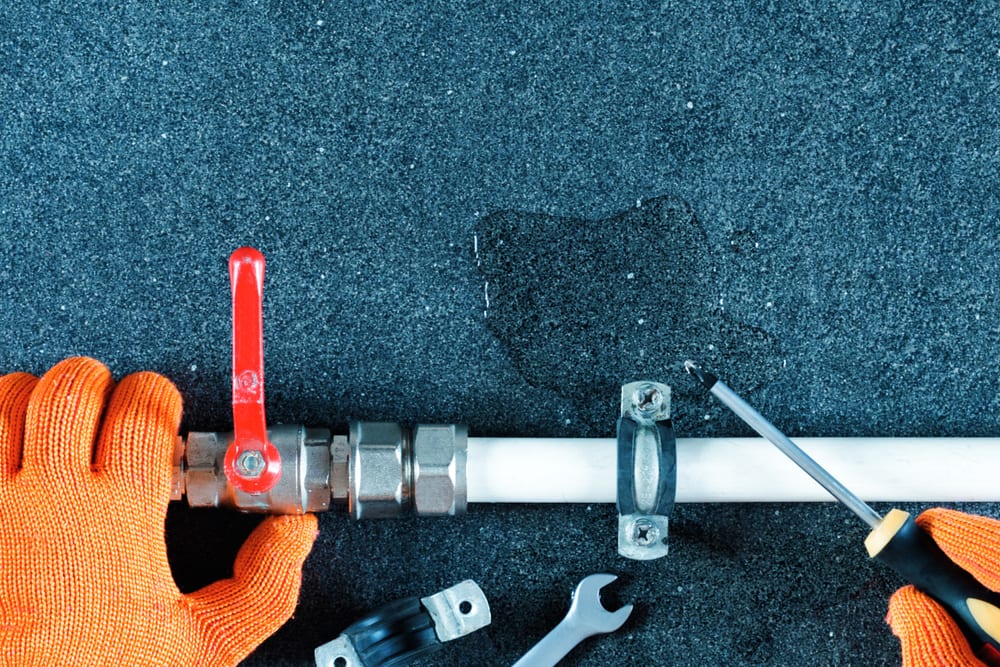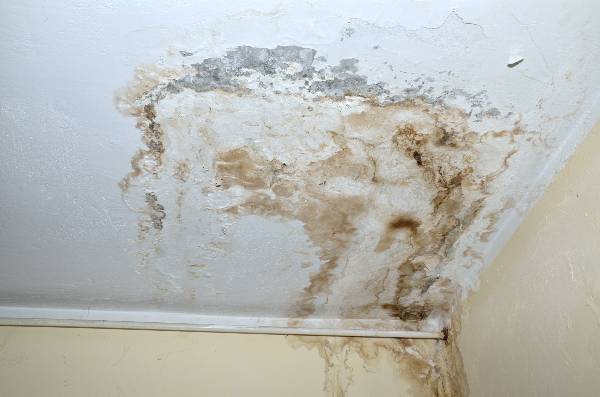Finding Hidden Water Line Leaks: Six Effective Detection Methods
Finding Hidden Water Line Leaks: Six Effective Detection Methods
Blog Article
What're your insights and beliefs on Finding hidden leaks?

Early discovery of dripping water lines can alleviate a potential calamity. Some little water leakages may not be noticeable.
1. Take A Look At the Water Meter
Every residence has a water meter. Inspecting it is a guaranteed manner in which helps you discover leaks. For beginners, turn off all the water sources. Make certain nobody will certainly flush, use the faucet, shower, run the cleaning maker or dishwashing machine. From there, go to the meter and watch if it will transform. Considering that no one is utilizing it, there should be no activities. If it relocates, that shows a fast-moving leak. Also, if you spot no changes, wait an hour or two and also inspect back again. This indicates you may have a slow-moving leakage that can even be underground.
2. Examine Water Usage
If you detect unexpected changes, regardless of your usage being the exact same, it means that you have leakages in your plumbing system. An unexpected spike in your bill indicates a fast-moving leak.
A constant increase every month, also with the exact same practices, reveals you have a slow-moving leak that's also slowly rising. Call a plumber to completely check your property, especially if you really feel a cozy area on your flooring with piping beneath.
3. Do a Food Coloring Test
When it comes to water intake, 30% comes from commodes. If the color somehow infiltrates your bowl during that time without flushing, there's a leakage between the storage tank and dish.
4. Asses Exterior Lines
Don't forget to check your exterior water lines too. Test spigots by attaching a yard hose pipe. Ought to water leak out of the connection, you have a loosened rubber gasket. Change this and make sure all connections are limited. It will certainly help get it skillfully analyzed as well as preserved annually if you have actually obtained a lawn sprinkler system. One small leak can throw away lots of water and surge your water costs.
5. Examine the situation and also examine
House owners need to make it a practice to examine under the sink counters and also even inside cupboards for any type of bad odor or mold development. These two red flags indicate a leakage so punctual focus is needed. Doing regular inspections, also bi-annually, can conserve you from a major problem.
If you know your house is already old, keep a careful eye on your heating units, pipes, pipes and so on. Check for stainings and compromising as a lot of pipelines and home appliances have a life span. They will certainly likewise normally degrade as a result of deterioration. Don't wait for it to rise if you presume leaking water lines in your plumbing system. Call a professional plumber as soon as possible so you don't end up with a terrible mess in your house.
Early discovery of leaking water lines can minimize a potential catastrophe. Some small water leaks may not be visible. Inspecting it is a guaranteed method that helps you find leaks. One little leak can waste lots of water and spike your water bill.
If you think dripping water lines in your plumbing system, do not wait for it to rise.
How to Know If Your Home Has a Hidden Leak
Water Meter Reveals Inexplicable Water Usage
If you’d like to test whether or not there’s a leak somewhere in your home, you can do this using your water meter. Here is how to conduct the test:
Don’t use any water in your home for at least 30 minutes; this also means not turning on faucets or water-using appliances.
Go outside, and check your water meter for activity.
If your water meter shows that there was activity, even though no one was using any water, this proves that there is a leak in your home.Visible Mold or Mildew Growth
Leaks behind walls create moist, dark environments that allow mold and mildew to grow and thrive. Eventually, you might see mold growth forming on the wall closest to a hidden leak.
If mold is growing in an area that receives a high amount of moisture, such as a bathroom, it may simply be an indication that better ventilation is needed. However, if you see mold growth on a wall or the ceiling in an area where you would not expect, you probably have a hidden leak.
Musty, Mildew Odor
Sometimes you might not be able to see the mold or mildew that is growing as a result of a leak. However, the smell can give the problem away just as easily. If you catch a whiff of something musty, there’s a good chance that old water is collecting somewhere in your home that you can’t see.
Stained/Warped Walls, Ceilings, or Floors
When your home soaks up water, a variety of red flags can become visible, including ceiling stains, bubbling drywall, warped walls, and sagging floors. While these issues can be caused by excess humidity, they can also be signs that a pipe or plumbing connection has started leaking behind your walls.
Inexplicably High Water Bill
After a while, you get a general sense for what your water bill should be. If you own a pool or sprinkler system, your bill will tend to be higher during summer. However, if you receive a water bill that seems especially high, and you can’t figure out what caused it, then you may have a hidden leak somewhere that’s increasing your bill.
https://www.plumbingjoint.com/blog/2019/july/how-to-know-if-your-home-has-a-hidden-leak/

We had been brought to that article about Locating water leaks through someone on a different website. Those who enjoyed our post kindly don't forget to share it. Thanks for your time. Come back soon.
Book Your Service Report this page